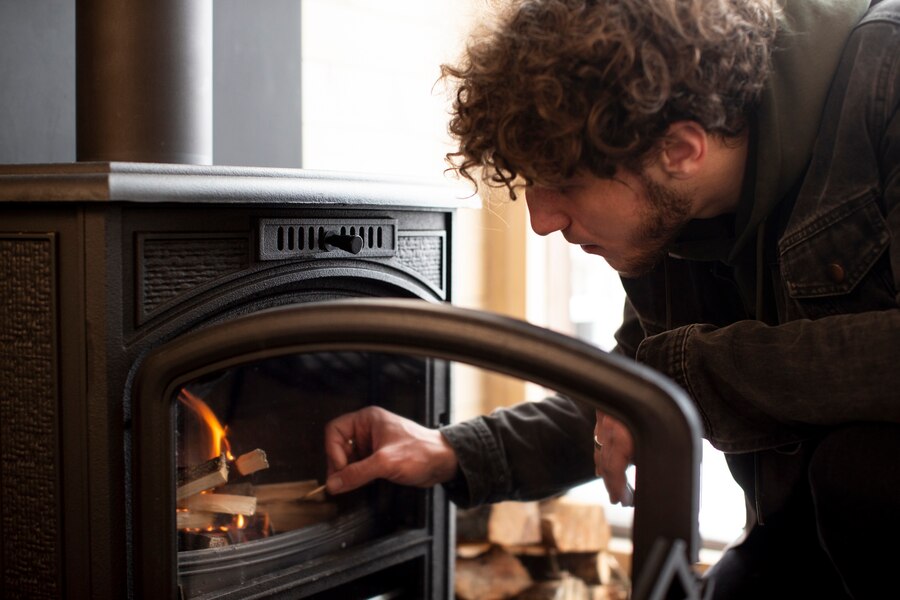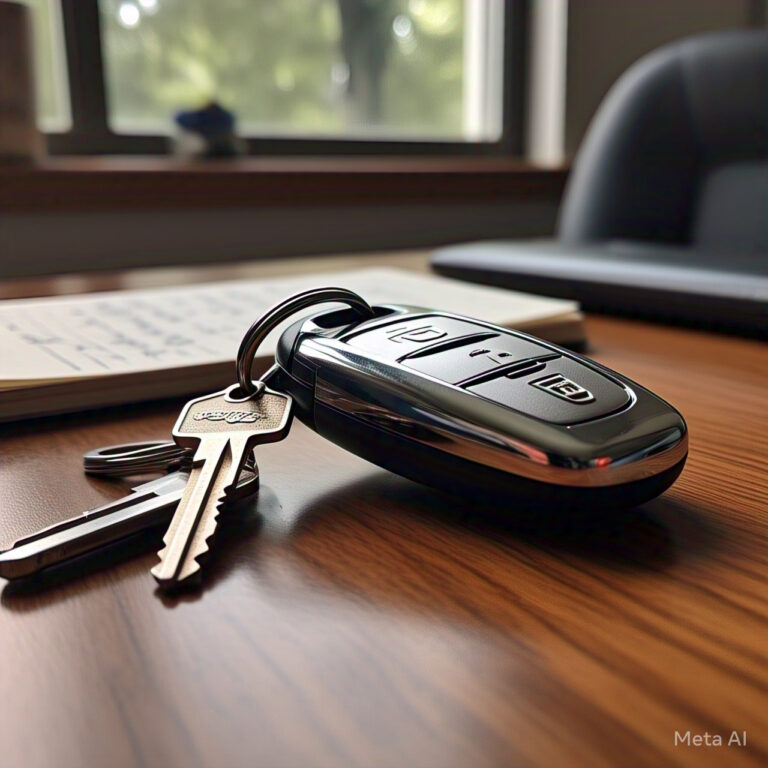As the colder months approach, a well-functioning furnace becomes a home’s best ally. However, even the most reliable systems occasionally require repair. Understanding the basics of furnace repair can save you time, money, and discomfort. This guide covers common furnace issues, signs you need repairs, and tips for maintaining a cozy and energy-efficient home.
Why Furnace Maintenance Matters
A furnace does more than just keep your home warm. It plays a crucial role in maintaining indoor air quality, regulating humidity, and ensuring overall comfort. Ignoring regular maintenance or minor issues can lead to increased energy bills, reduced air quality, frequent breakdowns, and costly emergency repairs. By being proactive about your furnace’s care, you can extend its lifespan and ensure it performs efficiently throughout the heating season.
Signs Your Furnace Needs Repairs
It’s essential to recognize the early warning signs of furnace trouble to prevent small problems from escalating. If you notice uneven heating in your home, where some rooms remain cold while others are warm, it could indicate problems with your blower motor or ductwork. Strange noises such as banging, squealing, or rattling often signal loose or damaged components that require immediate attention. A sudden spike in your energy bills is another red flag, suggesting that your furnace is working harder than necessary to maintain your desired temperature.
Unusual odors coming from the furnace should never be ignored. A musty smell might indicate mold in the ducts, while a burning odor could point to electrical or mechanical problems. Frequent cycling, where the furnace turns on and off more than usual, is often caused by thermostat or heat exchanger issues. Finally, if your furnace blows cold air instead of warm, you may be dealing with a dirty filter, pilot light failure, or malfunctioning thermostat.
Common Furnace Repairs
Not all furnace issues require a complete replacement of the system. Some of the most common problems can be addressed through repair. Replacing clogged air filters, for example, is a straightforward task that improves airflow and prevents the system from overworking. Thermostat malfunctions are another frequent issue; repairing or recalibrating the thermostat ensures accurate temperature readings and efficient operation. Blower motor issues can disrupt airflow, leaving your home unevenly heated, while ignition problems—common in older furnaces with pilot lights—often involve cleaning or reigniting the flame. Leaky or damaged ducts are another common culprit behind uneven heating and high energy bills, requiring sealing or repairs to optimize the system’s performance.
DIY vs. Professional Repairs
While some minor furnace fixes are safe for homeowners to handle, knowing when to call a professional is crucial. For instance, replacing air filters, cleaning the thermostat, and ensuring that vents remain unobstructed are simple tasks that can be done without professional help. However, persistent strange noises, unusual odors, electrical issues, or problems involving gas lines or heat exchangers demand the expertise of a licensed HVAC technician. Attempting complex repairs without the necessary skills and tools can lead to accidents, further damage, or voiding your furnace’s warranty. Safety should always come first, so don’t hesitate to call in a professional for complicated issues.
Preventative Maintenance Tips
To keep your furnace in peak condition, regular maintenance is essential. Scheduling an annual inspection with an HVAC professional can help catch potential issues before they become costly repairs. Replacing filters every one to three months ensures better airflow and improved energy efficiency. Sealing any leaks in your ducts, windows, or doors helps retain heat and reduces the strain on your furnace. Using a programmable thermostat allows you to conserve energy when you’re not at home, contributing to lower utility bills. Additionally, keeping at least three feet of clearance around your furnace improves ventilation and prevents overheating, which protects your system from unnecessary wear and tear.
Choosing the Right Furnace Repair Service
Selecting a reliable HVAC technician is essential when your furnace needs repair. Start by verifying that the technicians are certified, licensed, and insured. Experience is another key factor; choose a company with a solid track record in furnace repair. Reading customer reviews or asking for recommendations from friends and family can also help you identify trusted professionals. To avoid surprise costs, look for a service provider that offers detailed and transparent pricing upfront.
Conclusion
A well-maintained furnace is the cornerstone of a warm, comfortable, and energy-efficient home during the winter. By recognizing the signs of trouble early and investing in regular maintenance, you can avoid costly repairs and extend your system’s lifespan. While some minor fixes can be done yourself, always prioritize safety and consult professionals for complex repairs. A little effort in furnace care now can lead to a season of uninterrupted comfort.





